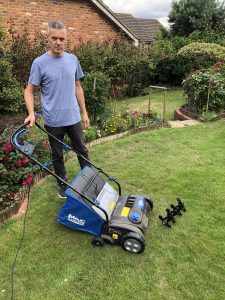
As a lawn expert, I understand the importance of scarifying your lawn to maintain healthy grass growth. Scarification not only removes excess thatch and moss, but also opens up the soil for better air, water, and fertiliser penetration to the grass roots. In addition, scarification is effective in removing weeds from the soil, preventing and eliminating fibrous material at the surface, and promoting thicker and healthier turf.
If you plan on scarifying your lawn, it’s best to do so when the grass is actively growing, usually in spring or autumn. It’s also recommended to carry out scarifying before a fertiliser treatment is applied for better recovery and growth of your lawn. Remember, addressing the issue of thatch or moss as quickly as possible is crucial to prevent any further damage to your grass.
Key Takeaways
- Scarifying your lawn removes excess thatch and moss, opens up the soil, and promotes healthy grass growth.
- Scarification is effective in removing weeds and preventing fibrous material at the surface.
- It’s best to scarify when the grass is actively growing and before a fertiliser treatment is applied.
Top Tips
1. Preparation Work
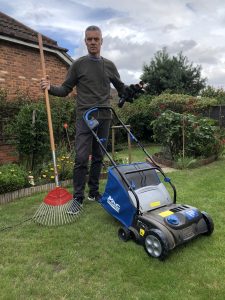
For small lawns, a hand push scarifier can be used. If there are weeds or moss in your lawn, make sure to take care of them beforehand. Moss can be removed by setting your scarifier to a higher level (rake) and running over your lawn prior to a deeper scarification. For lawns with a lot of weeds and moss, overseeding may be necessary after scarification.
2. Choose the Right Season for Scarifying
The best time to scarify your lawn is during the spring and autumn months. Always keep an eye on the weather before you plan to scarify. You want the grass to be moist, but not too wet and not too dry. Scarifying a wet lawn may pull up healthy grass by its roots, instead of just removing the unwanted thatch and moss. In spring, lighter raking or scarification should be considered, while in autumn, a deeper scarification/de-thatching should be carried out.
3. Preparing the Scarifier for the Job
Having the right tool for the job is essential. There are different types of lawn scarifiers and aerators on the market, so it is important to understand the differences and choose the right one for you and your lawn. If you have a serious thatch problem and don’t want to re-seed, then spring tines are better. If you are planning on planting seeds afterwards, then solid type blades are better for vertical cutting.
The aim for de-thatching is to set the blades as deep as possible without disturbing the roots, while the aim for vertical cutting is to prune the roots without harming the grass. Gradually lower the depth of the blades until you have reached the desired height, starting by just flicking the grass and working your way down.
4. De-thatching
Start by working your way around the perimeter of the garden, saving you from throwing debris into the borders and allowing for turning points at each pass. After doing this a couple of times, start on the main area of lawn by going backward and forward in straight, parallel lines.
After gathering up the debris from the first pass, make sure to make a second pass at a slightly different angle.
5. Gathering Debris
Most scarifying machines come with grass collection boxes, so you shouldn’t need to do too much cleaning up afterwards. If there is still debris left lying on the surface, you could use a back-pack blower to gather them up. However, if the thatch is a little damp, a plastic rake would be better.
Whether you choose to rake or blow, work in the same direction as you scarified – it is much easier this way as some debris will be missed if you work at right angles. Alternatively, you can try using your lawn mower.
Alternatively, you can try using your lawn mower.
6. Over-seeding your Lawn
After scarifying your lawn, it is a good idea to carry out over-seeding. By sowing additional grass seed as soon as possible, you will limit the amount of weed growth while ensuring you have a thicker and greener lawn.
Take extra care when scarifying steep slopes as any grass seed sown can be washed away during heavy rain or watering. Once your lawn has been scarified and over-seeded, continue with your normal lawn maintenance schedule.
Lawn Care for Beginners – More Tips!!
Raking
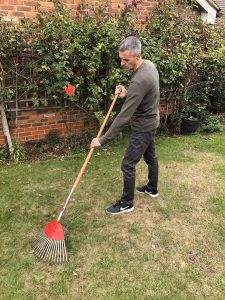
If you’re looking to rake your lawn, there are a few things you should keep in mind. First and foremost, you’ll need the right equipment. You can choose between a manual hand rake or an electric-powered lawn rake. While a manual rake can provide a great workout, an electric rake is much quicker and easier to use. Some electric machines even allow you to switch the drum between steel blades and tines. If you’re carrying out raking of your lawn, you’ll want to use the steel tines with the machine set on a higher level.
If you’re going to use a manual rake, make sure you have a rake with wires for the best results. The moss isn’t rooted, so it will come away easily. Manual rakes are also useful for clearing your lawn of dead brown grass that has gathered after a drought.
When raking, make sure you work in one direction and then in another just off at a slight angle. This will be easier and you will achieve better results. It’s important to apply some pressure when pushing the rake into the soil, which will take some physical effort. If you want to avoid this, you’re better off getting a rolling push scarifier as they are much easier to use.
Raking is especially important if your lawn is prone to moss, wet, shaded areas, or even on clay soil. It’s a great way to remove moss without causing much lawn damage. On some scarifying machines, you will see that the tines are not fixed in place but instead swivel, which means that they just flick out of the way if you come across something hard.
Overall, raking is an essential part of lawn care, and with the right equipment and technique, it can be a breeze.
How Often do You Need to Rake or De-thatch?
Maintaining a healthy lawn requires regular scarifying to remove any build-up of thatch. However, the frequency of scarification depends on the type of grass and the amount of thatch and moss present. Some grass types tend to produce more thatch than others, and therefore require more frequent scarification.
To prevent the need for excessive scarification, it is important to keep the lawn healthy and well-fertilised to discourage the growth of weeds and moss. It is recommended that you scarify your lawn at least once a year, preferably in the autumn or spring, when the grass is actively growing.
Regular scarification not only removes thatch but also helps to improve the overall health and appearance of your lawn. If you notice any signs of thatch build-up or moss growth, such as yellowing or thinning of the grass, it is recommended to scarify immediately to prevent any further damage.
In summary, the frequency of scarification depends on the type of grass, the amount of thatch, and the appearance of your lawn. To maintain a healthy and beautiful lawn, it is important to scarify at least once a year and keep the lawn well-fertilised to prevent the growth of weeds and moss.
Top Lawn Scarifier Reviews
As an expert in garden power tools, I have reviewed and tested various lawn scarifiers to provide you with the top options for your lawn. Here are my top picks:
- Bosch AVR 1100 Electric Scarifier – This electric scarifier is perfect for small to medium-sized lawns. It has a powerful motor and 14 blades that effectively remove moss and thatch from your lawn. The collection box is also easy to empty.
- AL-KO 38P Combi-Care Scarifier – This powered machine is a great option for larger lawns. It has a scarifying and raking function, making it a versatile tool. The adjustable height settings also allow you to customize the depth of the scarification.
- WOLF-Garten VS302E Electric Scarifier – This electric scarifier is lightweight and easy to manoeuvre. It has a 1200-watt motor and 10 double blades that effectively remove moss and thatch from your lawn. The collection box is also easy to detach and empty.
- Einhell GC-SA 1231/1 Manual Scarifier – This manual scarifier is a budget-friendly option. It has a roller with 8 double blades that effectively remove moss and thatch from your lawn. The adjustable height settings also allow you to customize the depth of the scarification.
- Cobra S390B Petrol Scarifier – This professional machine is perfect for commercial use. It has a powerful Briggs & Stratton engine and 16 blades that effectively remove moss and thatch from your lawn. The adjustable height settings also allow you to customize the depth of the scarification.
In addition to these scarifiers, there are also professional lawn scarification services available that use specialised equipment to provide a deep and thorough scarification. Battery-powered scarifiers are also becoming increasingly popular for their convenience and ease of use.
Overall, choosing the right scarifying machine for your lawn depends on the size and condition of your lawn. Consider the type of scarifier, power source, and adjustable height settings when making your decision.
If you found this post interesting and would like to see some of my other lawn care articles or reviews relating to best gardening tools I have reviewed, visit easylawnmowing.co.uk
If you have any questions, or would like to share your own experience, please use the comment box below – I will be happy to respond.
As a seasoned expert in the field of garden power tools, I have dedicated over a decade to working with and reviewing a wide variety of lawn mowers. My extensive experience has allowed me to gain a deep understanding of the benefits and limitations of different types of mowers and garden tools.
Over the years, I have honed my skills in writing informative articles and creating helpful videos for various blogs and publications. This has given me the ability to not only recognise what makes a good lawn mower, but also to help you choose the perfect garden tool for your specific needs and requirements.
With my wealth of knowledge and expertise, I am confident that I can provide you with valuable insights and recommendations when it comes to selecting the right lawn mower for your lawn. So, whether you're looking for a battery cordless, electric, petrol, or robotic mower, you can trust in my expertise to guide you towards the best option for your garden.

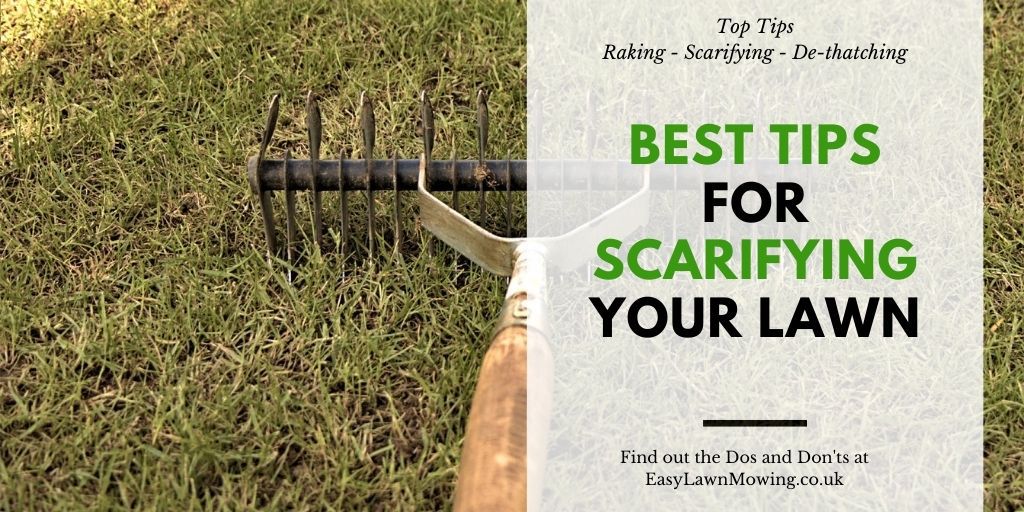



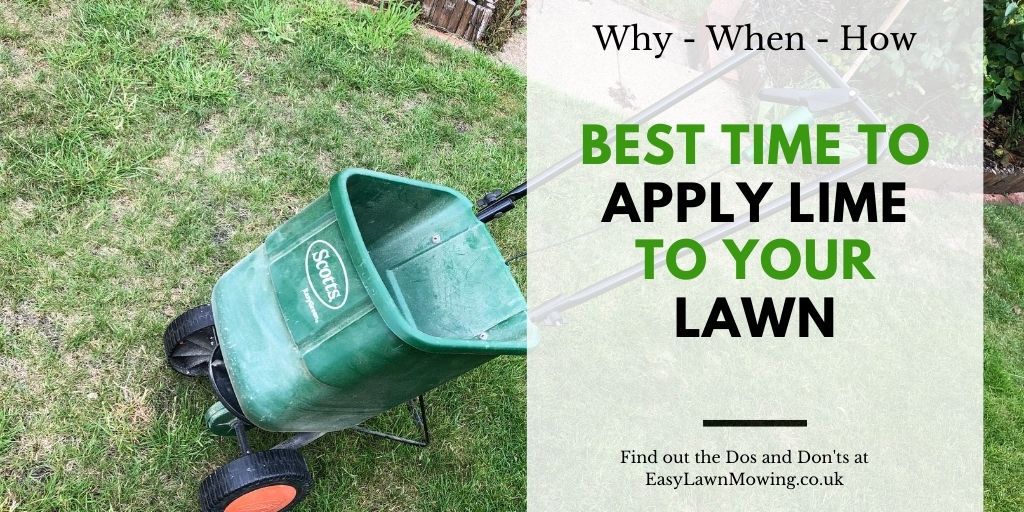
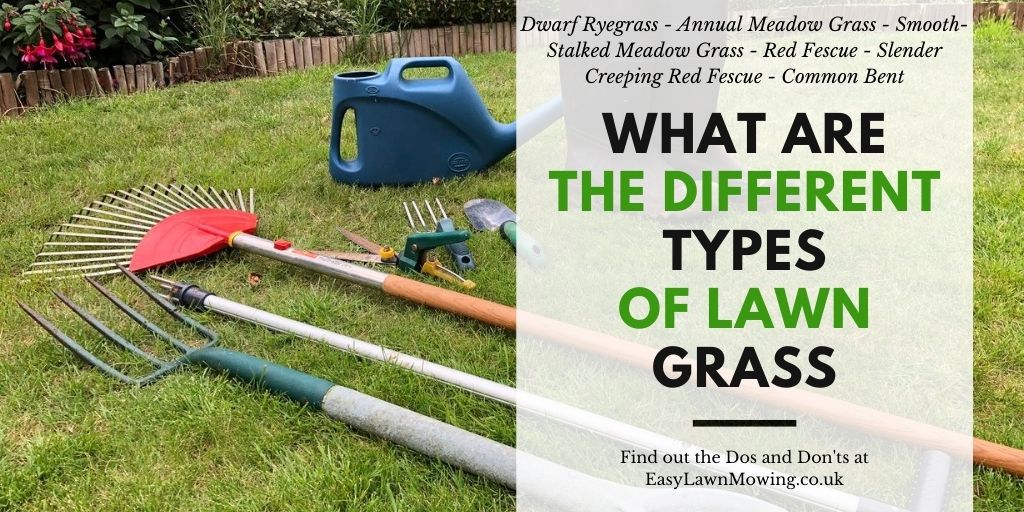
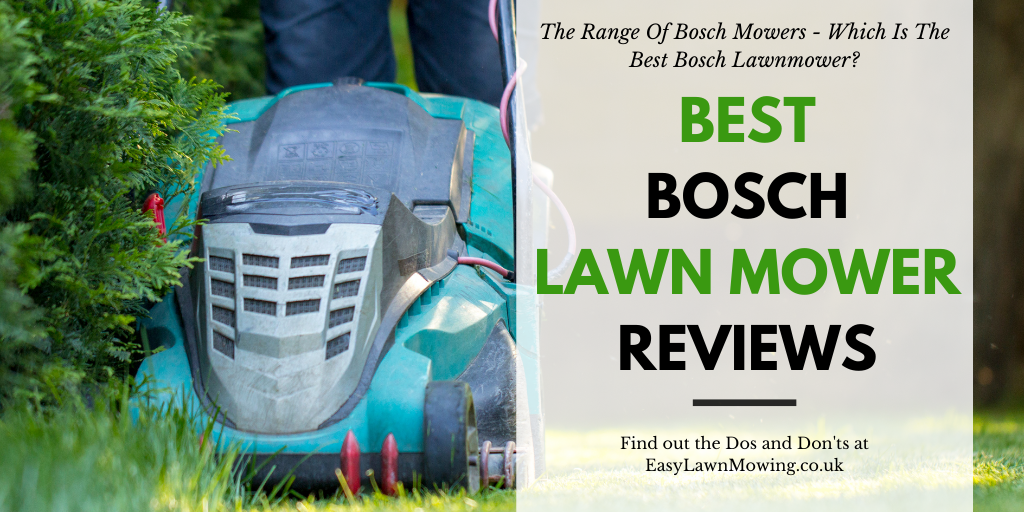

Hi Mark. I have two lawns each about 40-45 Square Metres (And another newer one a bit smaller, created when I converted my veg. patch using turf: I reached the age when mowing became easier than digging). I normally mow to a decent height using the Bosch Battery Rotac 43 mower that I treated myself to a couple of years ago. They are quite old and have a lot of grass that seems to grow low and sideways. My hand rake and my old Black & Decker electric rake do lift the grass to some extent but no matter how low I mow before raking there is always a lot missed and I land up trying to slice through the horizontal growth with my lawn shears to tidy it up. Would an aerator like the Bosch AVR1100 slit through this growth or should I be looking at a more comprehensive cure like digging it up and starting again.
Hi George, the aerator will not help in this situation, it is most probably down the the type of grass and you may need to keep it cut shorter to stop it laying down.
Normally I would suggest raking first, but it seems like you have already tried this. Alternative you could try is a leaf blower.
You can also purchase a high lift blade, but not sure if they are available for your type of mower.
Hope this helps.
Thank U for that educational clip! i really understood what equipment was used in your method of scarifying, and what the purposes their were on how to apply the correct use of the method. You teached me new stuff that’s cool thank you for your time.😊
Thanks Edward for your comment, so pleased it was useful.
Mark
have just bought a electric scarifier which comes with a rake attachment. should I rake out the moss before I use the scarifier blade? Also I`m unsure as to how deep to scarify. Any advise would be appreciated. Pete
It really depends on how severe the situation is Pete. If you have quite a lot of moss, weed and thatch lying on top of the lawn. I would try using the electric scarifier first, to see how effective it is, and then rake up and dispose of the remaining debris. If you feel this hasn’t taken off enough then try going again but be careful not to stress the lawn too much.
As it says in the video, you want to tease the weeds, moss and thatch out to limit the damage caused to the lawn. So what I would do is start with the highest height and gradually work your way down until you’re satisfied with the results.
Wow, I think this is an awesome article that really could help tidy up my lawn. It looks messy now and I have De-thatch but somehow I am lazy to move it because of too heavy to move around.
Thanks for letting me know the easier way using sacrificing. I love it. By the way the video really helpful. am going to share this to my friend’s list.
Brilliant glad to hear you enjoyed it Max, I’m sure you’ll find scarifying much easier!
Thanks for the comment ;-)
I love the video!!! Explains everything so well! I have never heard the word scarifiy before, nor have I seen that particular tool, but it is awesome! I have a de-thatcher, but it’s so heavy I’m always afraid I’m going to hurt the lawn. Scarifying makes the whole process so much easier. I also love your tip to run over the whole thing with a lawn mower to suck up the debris. It’s been pouring rain here for the last few day, though. Should I wait until it dries before I attempt this? I think you said it’s best to do it in the fall, but my lawn looks awful NOW. Can I do this in the spring and then sprinkle some extra seed around? Thank you SO much for this article! Will be sharing with my daughter who has lots of turf in her front yard, but just reseeded in the back, and is very impatient to have the perfect lawn!
Haha good to hear Suzi, the perfect lawn does take some time so she’ll need to be patient :-)
Yeah of course you can, just try to scarify before the grass really starts to grow, so at the beginning of spring would be best. And yeah I would wait until it dries out a little before you go and gather it up.
Thanks for the comment, I’m happy you enjoyed the post and if you’ve got anymore questions then please just ask ; -)